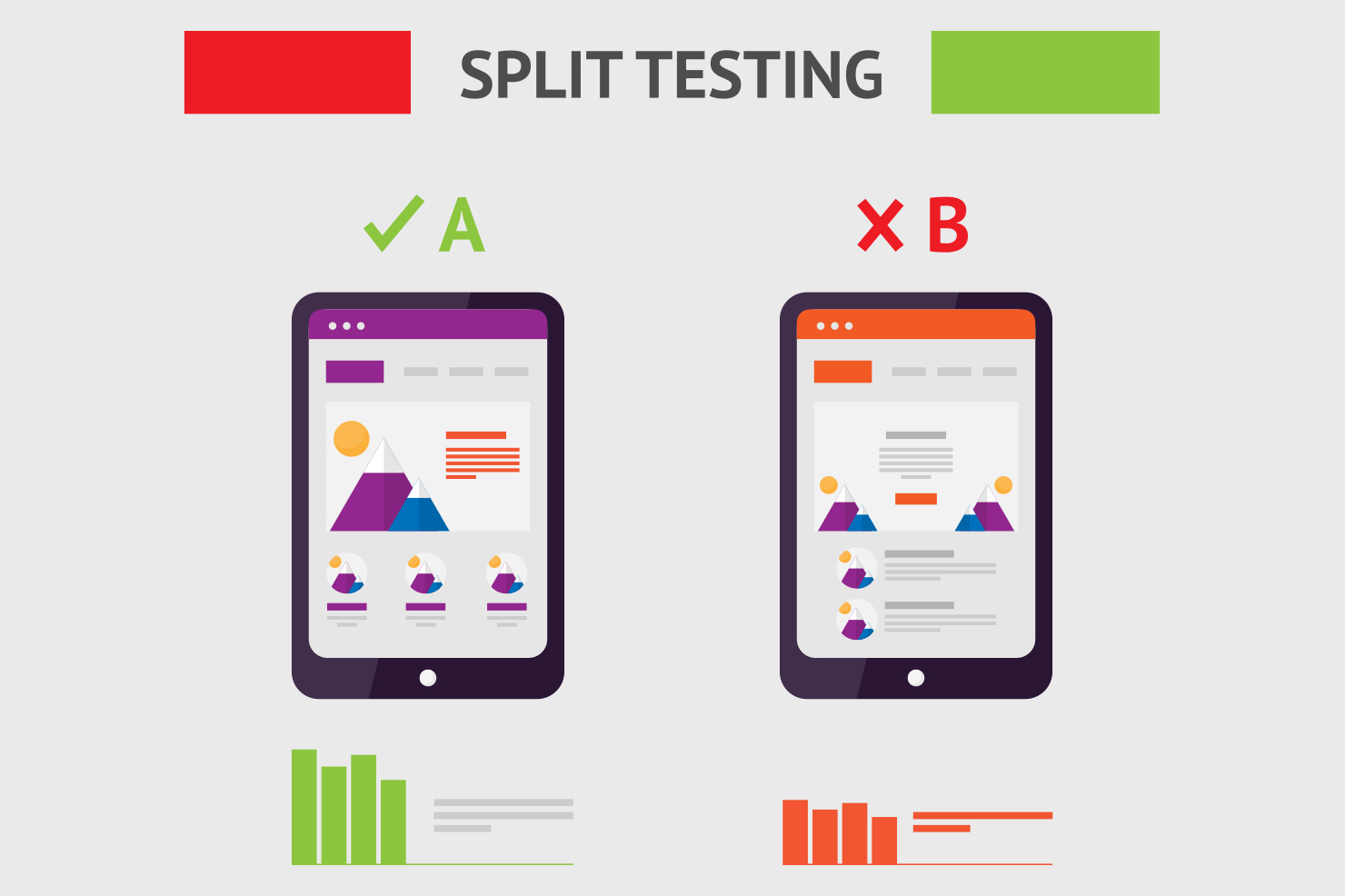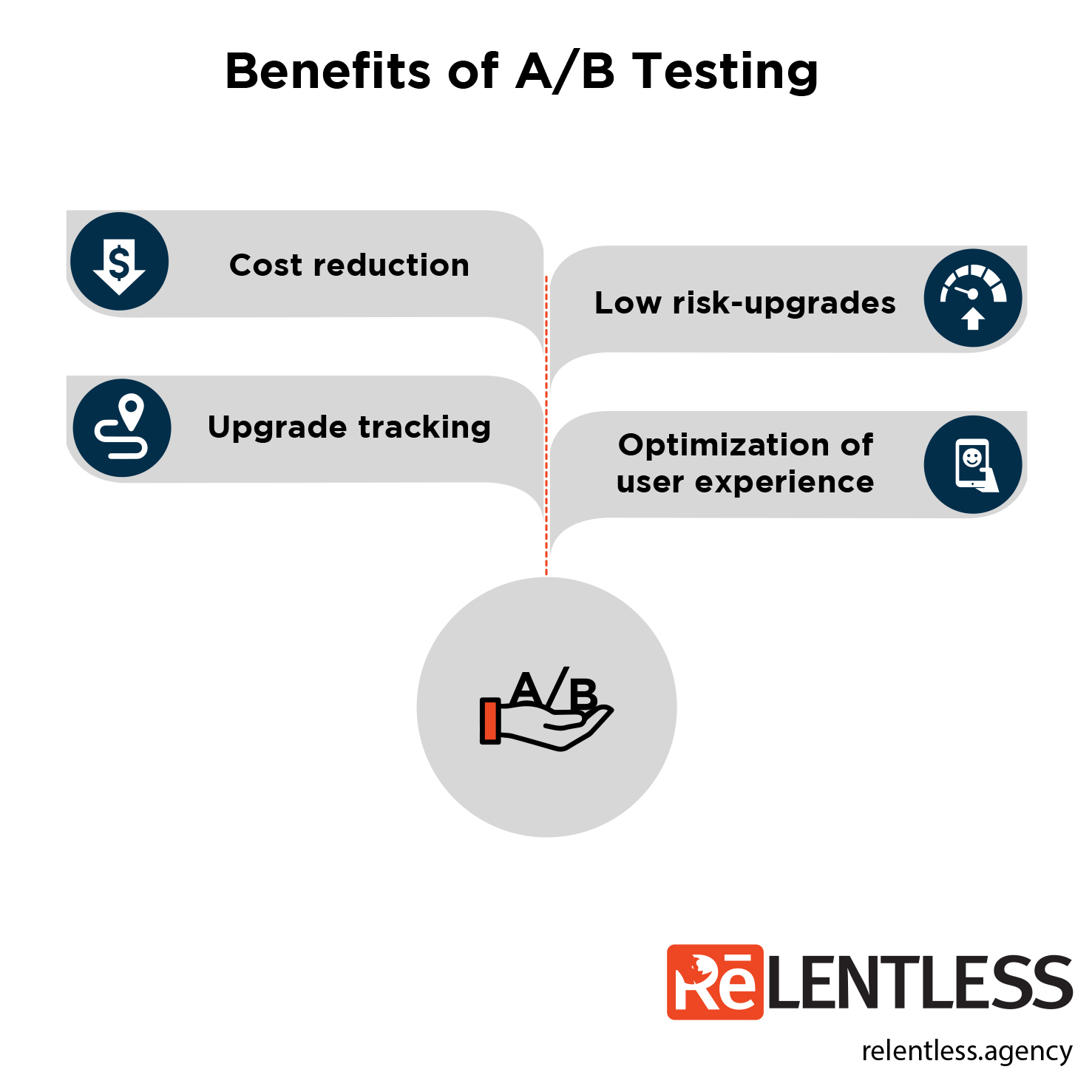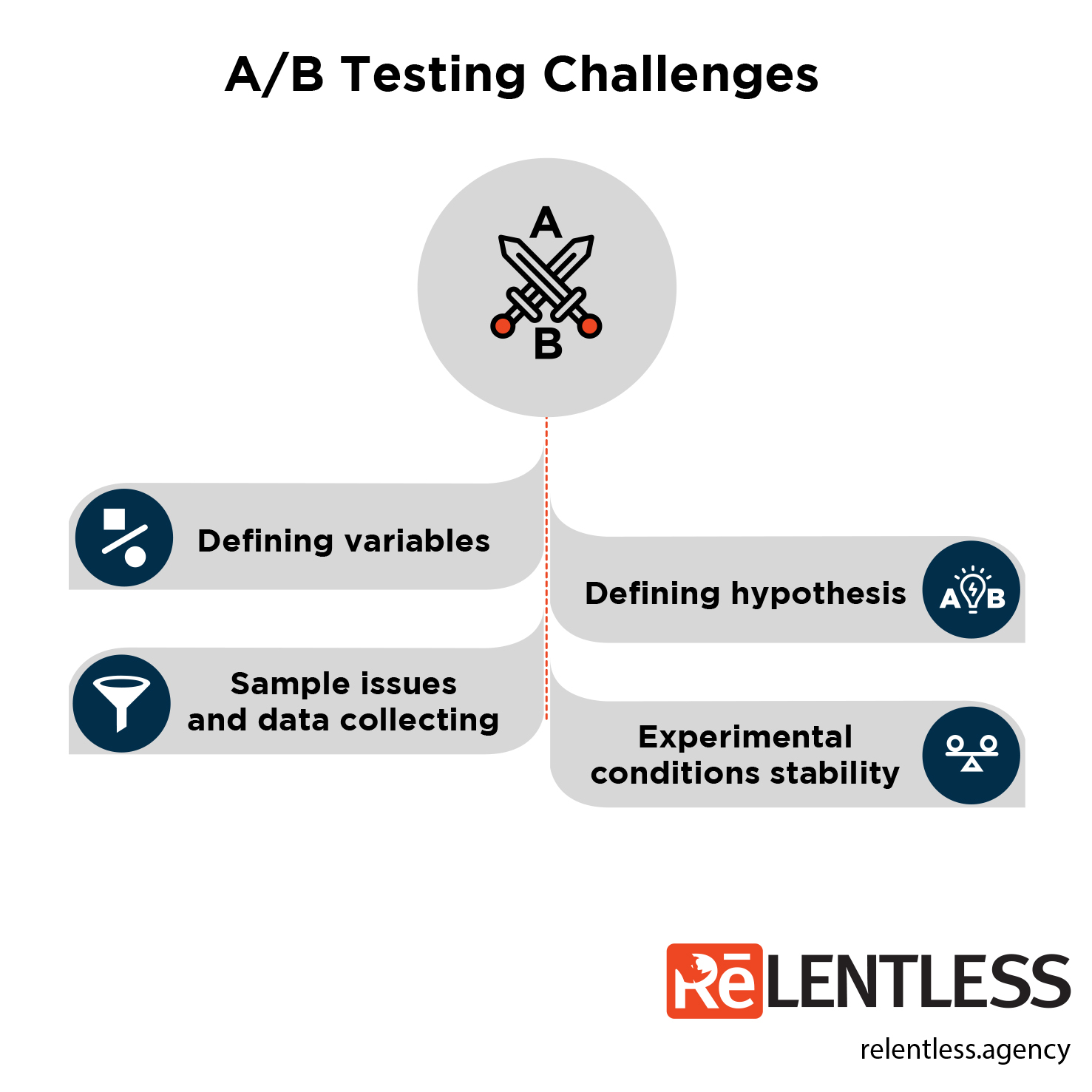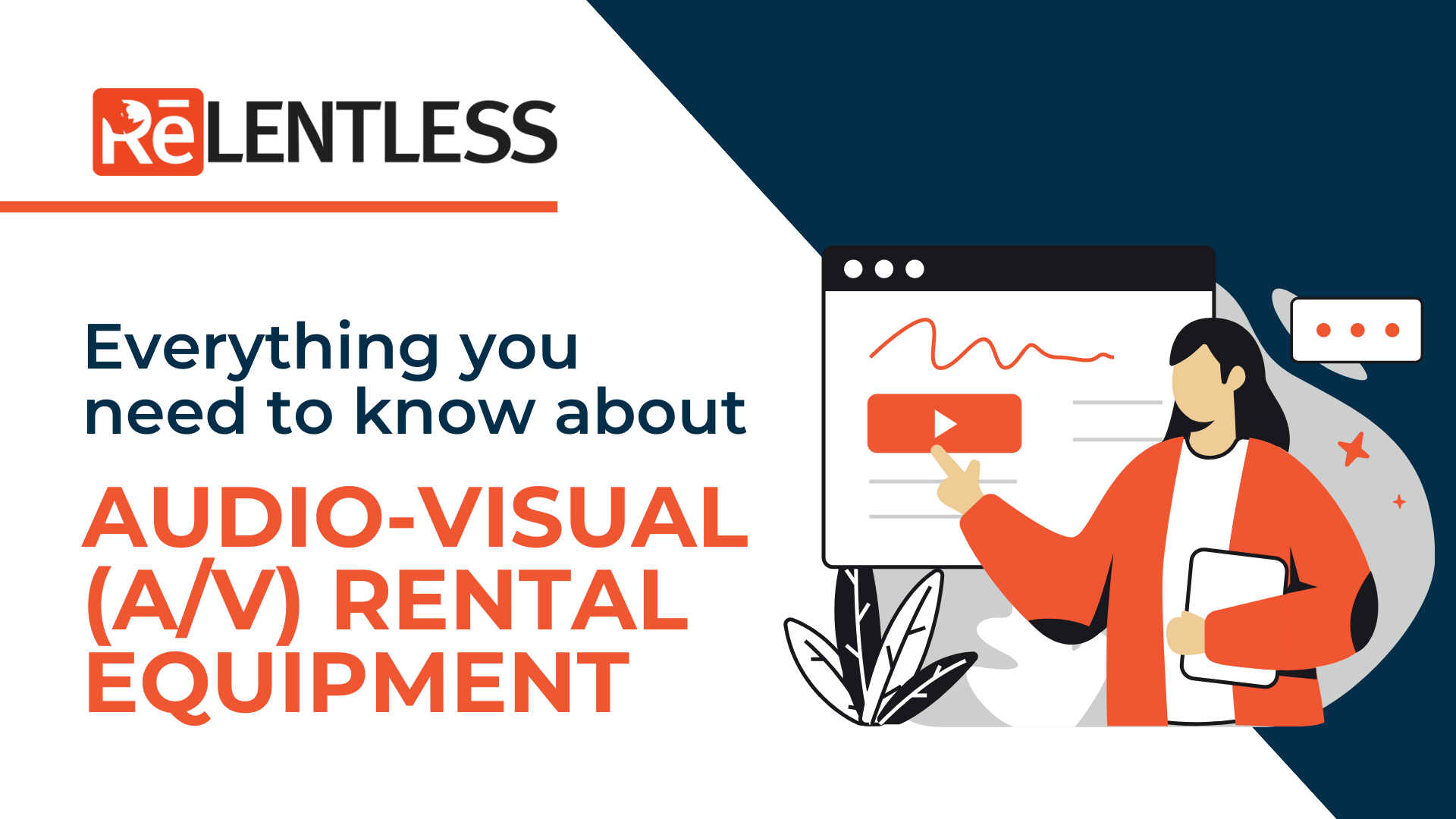If you want your website or app to provide a smooth user experience, you need to track how the changes influence the user’s perception of online content. A/B testing allows you to make changes to the website or application and gather and analyze the data about the impact on the user experience.
This article will explain the concept of A/B testing and how it can help you optimize your digital content and provide a pleasant user experience (UX).
What is A/B testing?
A/B testing, also known as split, or bucket testing, is an analytical procedure in which a tester can compare two different versions of a variable (page element, web page, application, etc.) and assess which has a better impact.

In other words, it allows you to compare the two versions of your content by offering access to both at the same time. Users can access only one or the other version. The data are collected and compared, which helps you understand the impact your changes had on the user experience. Since it relies on statistical analysis, A/B testing offers more reliable data, on which you can make more precise and accurate alterations to the online content.
How does A/B testing work?
In its essence, A/B testing is a statistical procedure following the principles of two-sample hypothesis testing. It allows you to compare two versions of the variable: A – the original content and B – the upgraded version of the content.
Your overall traffic is redirected to A or B. Users who visit the content get access to one or the other version, which creates two different randomized and comparable samples. It is the reason why A/B testing is experimental research about online content.

User experience data is gathered and statistically analyzed. The t-test is the most commonly used, but the variation of the test is based upon principles of normality and standard deviation. T-test allows the tester to assess which levels of variables or variables (A/B) had a significant impact on the user experience. The one that had a more powerful positive impact is considered the better, and changes are done accordingly.
The usual steps of A/B testing are:
- Goal identification (Make sure you know what do you want to find about using A/B testing)
- Define your constructs and variables (Make a clear distinction between A and B)
- Generate a hypothesis (Write a hypothesis to give direction to your expectations and to be able to orient yourself in the data)
- Prepare methodology (Decide what methods are best for data gathering and analysis)
- Data gathering (Collect all of the relevant data using the methods you described in the method)
- Data analysis and interpretation (Conduct the data analysis and interpret the results – see if there is a significant difference between the variables and assess which one has more effect on the user experience)
Two outcomes are possible to get: the one that confirms or denies your hypothesis. Either way, you will have an insight into the website’s current state and will be able to adapt your upgrades further until progress is inevitable.
Benefits of A/B Testing
By comparing data collected in real-time, you will have more precise and up-to-date data to help you assess your next move.
Using A/B testing offers an insight into how certain changes and adaptations have influenced user experience. That way, the adaptability of your product or content is more in tune with user needs and demands, which increases contents traffic.
A/B testing provides insight into upgrades efficiency. For example, if a particular upgrade is not suitable for your current demands, A/B testing will show it in the data, and you will be able to either remove it or adapt it further and test again.
Through product adaptation, based on A/B testing, you will be able to upgrade continually and optimize your product and keep track of the progress, so any transitions are smooth and in the right time and place. In addition, it can serve as a powerful SEO or SEM tool.
A/B testing is valuable to marketing because it provides an insight into which version of the content attracts more user clicks.

So, to make it more clear, A/B testing allows you to:
- Reduce costs (A/B testing will enable you to make the most out of your traffic without losing any)
- Make low-risk upgrades (You will be able to assess and track the impact the changes you have made have on the user experience, no matter how slight they might be, without having to rely upon assumptions)
- Keep track of upgrades (A/B testing allows you to store all statistical data and results, so you will be able to keep track of all the upgrades you made and their influence on the traffic)
- Optimize user experience (By having an insight into user’s actions on your website, you will be able to modify the contents of the website, so they fit user’s needs better)
A/B Testing Challenges
Since A/B testing is essentially a statistical method with a specific set of rules to keep in mind and implement, many fall into traps that lead to false conclusions. To avoid such outcomes, expand your methodological and statistical knowledge and implement what you learned in the process of testing. These few following challenges can help you direct your energy into obtaining the necessary knowledge to conduct testing and make reliable conclusions.

Defining a construct and variables
Deciding what it is that you want to explore using A/B testing is something you should give a little thought to. Take your time and do solid research about the methods, designs, and processes your digital content currently uses, and find out about the alterations you could make. The more research you do, the better you will understand what is it that users need and prefer, so you will be able to decide which variable should be tested and how precisely.
Defining hypothesis
You need to have your variables or variable levels clearly defined to define a hypothesis. That means there has to be a defined way of measuring the variable within every variable definition. It will help you form hypotheses. When hypotheses are clear, their testing becomes more manageable.
Data collection and sample reliability
It is crucial to have a sound methodology of data collecting, which will allow you to make two random, approximately similar, comparable data samples on which any further analysis will be based. To avoid any issues related to the sample size, make sure you get informed about the adequate sample sizes fit for the type of research.
Maintenance of experimental conditions
It is imperative not to change any settings or make any changes to the tested content while testing is in progress. That will affect data reliability – the conclusions you make will be faulty and no longer applicable. So try not to insert any alterations after the testing has begun to prevent possible uncertainties.
To prevent the possible issues and overcome the challenges, try to expand your knowledge of statistics and experimental methodology. As a result, it will be easier to understand the processes behind the scene and why respecting all steps is essential for the final result.
Final word
When all said is considered, one can say that A/B testing proves itself a valuable assessment and upgrade tool for those who understand its purpose and ways of implementation.
To anyone new to testing, we advise gathering a lot of information and practical knowledge about the preparation for and testing process – a mentor would be a great company to anyone wanting to become a tester. That might take some time and effort but pays back in the long term. On the other hand, if you currently don’t have enough time, space, or motivation to learn about it yourself, consider hiring a team of experts to do it for you.






